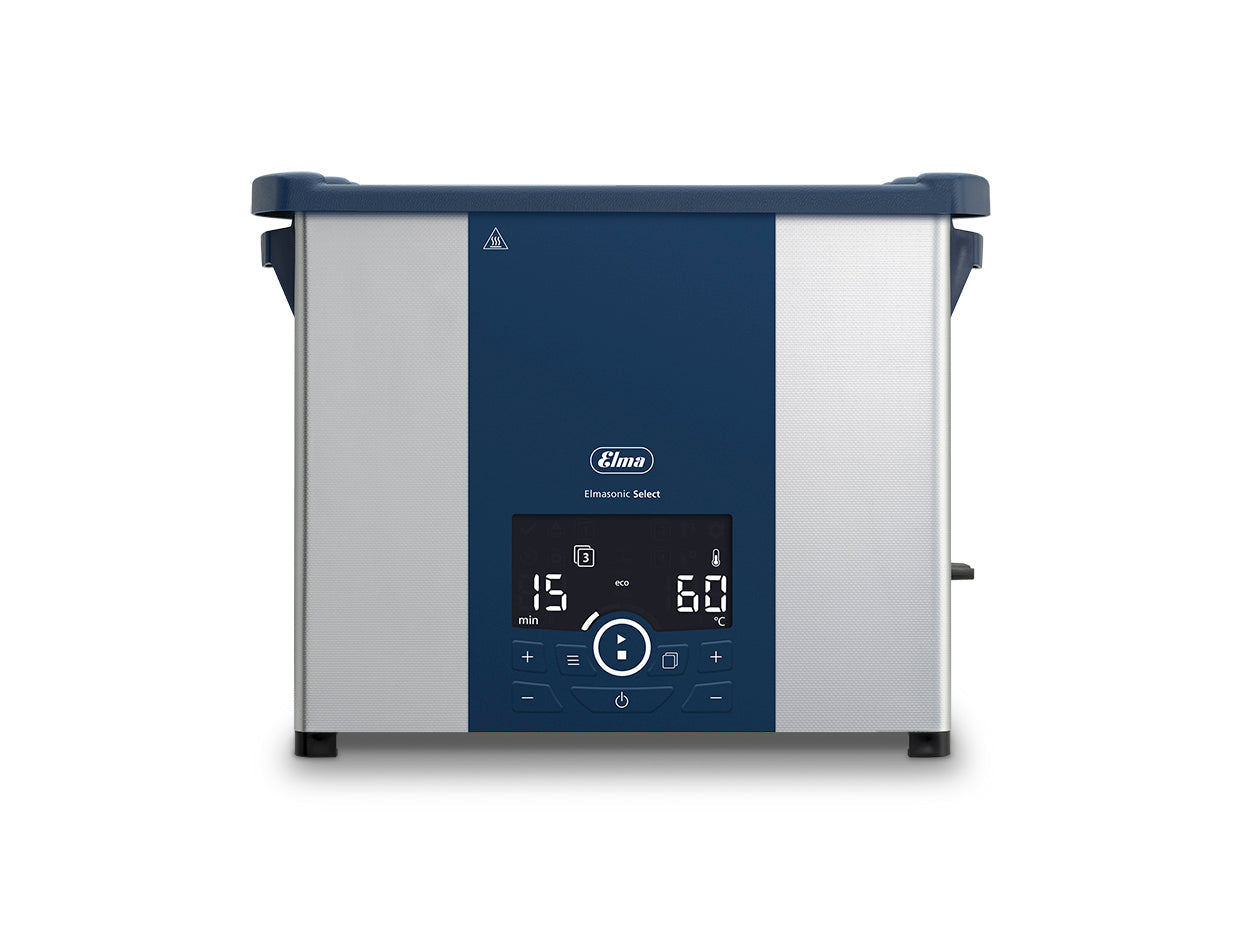In any laboratory setting, ultrasonic cleaners play an important role in ensuring that equipment and instruments are thoroughly cleaned and free from contaminants. However, to maximize their efficiency and longevity, ultrasonic cleaners require regular maintenance.
Implementing a routine maintenance schedule is essential for optimal performance and can greatly impact the overall efficiency of laboratory operations.
Importance of Ultrasonic Cleaners Regular Maintenance
Regular maintenance of ultrasonic cleaners ensures that they operate at peak performance. Over time, residue and contaminants can accumulate within the cleaning tank and on the ultrasonic transducers.
If not addressed, this buildup can hinder the cleaning process, resulting in inadequate results and the potential for cross-contamination of samples. Maintaining clean ultrasonic cleaners is essential for achieving reliable and consistent results in laboratory tasks.
Here are the key benefits of regular maintenance:
Enhanced Cleaning Performance
Ultrasonic cleaners rely on high-frequency sound waves to create tiny cavitation bubbles in the cleaning solution. These bubbles implode, effectively removing dirt, debris, and contaminants from surfaces.
Regular maintenance helps ensure that the transducers remain clean and functioning correctly, which directly influences the efficiency of the cleaning process. By keeping the equipment in optimal condition, laboratories can achieve superior cleaning results with less effort.
Extended Equipment Lifespan
Like any piece of laboratory equipment, ultrasonic cleaners experience wear and tear over time. Regular maintenance, including checking fluid levels, inspecting components, and replacing worn parts, can significantly extend the lifespan of the equipment. By investing time in maintenance, laboratories can avoid the costs associated with premature replacements and repairs.
Improved Safety
A well-maintained ultrasonic cleaner contributes to a safer laboratory environment. Contaminated or poorly maintained equipment can lead to potential hazards, including chemical exposure or cross-contamination. Regular maintenance ensures that ultrasonic cleaners operate safely and effectively, protecting both laboratory personnel and sensitive samples.
Cost Efficiency
Neglecting maintenance can lead to costly problems down the line, such as decreased cleaning efficiency, unexpected breakdowns, and the need for expensive repairs. Regular maintenance helps identify and address issues early, preventing larger, more costly repairs and ensuring that the ultrasonic cleaner continues to function optimally.
Best Practices for Ultrasonic Cleaners Regular Maintenance
To maintain ultrasonic cleaners effectively, consider implementing the following best practices:
- Routine Cleaning:Regularly clean the tank and transducers to remove debris and buildup. Follow the manufacturer’s recommendations for cleaning solutions and procedures.
- Solution Monitoring:Regularly check the cleaning solution for contamination and replace it as necessary. Dirty solutions can compromise cleaning performance.
- Component Checks:Periodically inspect electrical components and connections to ensure they are functioning properly. Replace any damaged or worn parts immediately.
- User Training:Ensure that all laboratory personnel are trained on the proper use and maintenance of ultrasonic cleaners. This helps prevent misuse and encourages a culture of care and responsibility.

For top-quality ultrasonic cleaners and maintenance supplies, visit MedLab America. Our extensive selection and commitment to quality ensure you find the right solutions for your laboratory needs. Contact us today!

